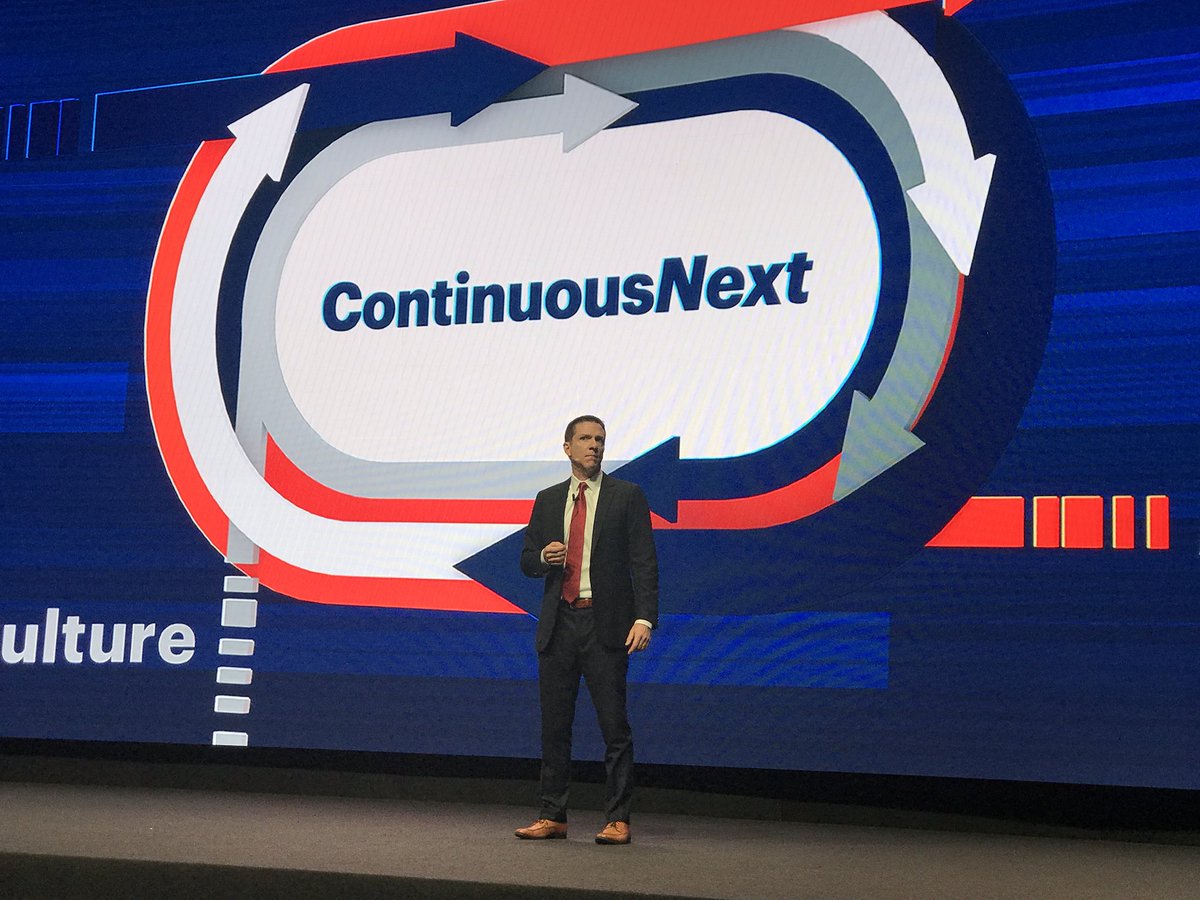Gartner's global head of research Mike Harris gave tips on how to digitally transform your business at the Gartner Symposium 2018 conference in Barcelona - including embracing change and implementing it with as much flexibility as possible

Dynamism and flexibility are the two most important aspects when considering how to digitally transform your business, according to advisory firm Gartner’s global head of research.
Speaking at the Gartner Symposium 2018 conference in Barcelona, Mike Harris told the audience if they want to make the most of the increasingly digital age, they have to create an agile business model that can continuously implement new tech and systems.
The company’s research shows two-thirds of business executives believe digital transformation is critical to business success today, but also indicates 9.1% of employees experience a dip in productivity when a new digital system is introduced.
“Our research shows that in order to mitigate the dip in productivity while introducing the best possible tech at your disposal, the single biggest predictor of success is organisational dynamism,” he said during the Gartner Symposium’s Monday (5 November) keynote.
“Company size has very little determination in this regard – it’s about how you implement new tech into your business and making sure you do that as flexibly as you can.
“Your ability to embrace change and adopt new technology in a new way will be the most important factor in how to digitally transform your business in the most successful way.”

How to digitally transform your business: The importance of “continuous next”
Mr Harris went on to explain his formula for digital transformation, which he referred to as “continuous next”.
He said: “Think about the past five years and the extraordinary transformation.
“Everything from cyber security to cloud computing is impacting the value brought by business and the way citizens are interacting with government.
“If you pursue the right strategy and constantly adapt to what’s next, you’ll be ready to deal with rapid change and build momentum – it’s the formula we call continuous next.”
This formula comprises a mindset, he explained, which involves accepting and embracing the idea of perpetual change.
The pace of change is so fast in today’s world, companies are doomed for failure if they don’t embrace it – but by embracing it, businesses can yield far better results.
Professional cycling offers example of how to digitally transform your business
Mr Harris believes business leaders should look for inspiration in professional cycling, where in competitions like the Tour de France, riders will work as teams rather than on the individual basis in which the sport was formed.
“Leaders apply tech and information in creative ways to outperform their peers – it’s how you win – and that is where continuous next comes in,” Mr Harris added.
“Professional cycling is a great analogy – it has improved over the years as tech has grown more advanced – and cyclists work as part of team, with an ecosystem of riders that operate as a business does.
“The ultimate formation – a peloton – moves behind the leader, and shares signals to avoid hazards, just as a business would.
“But none of this matters if the team doesn’t embrace change and implement as effectively as possible – that’s what business has to do as well.”


